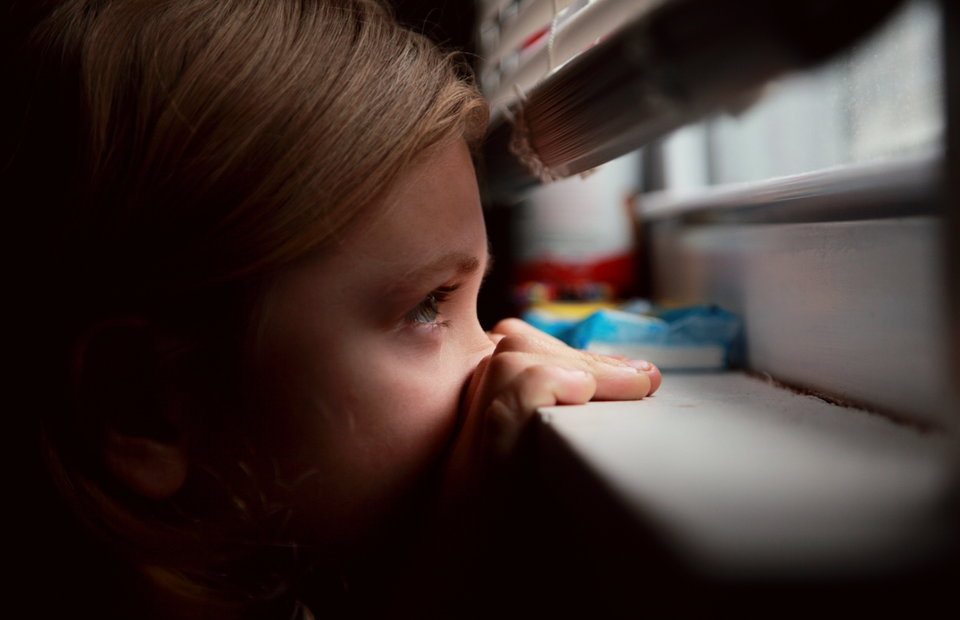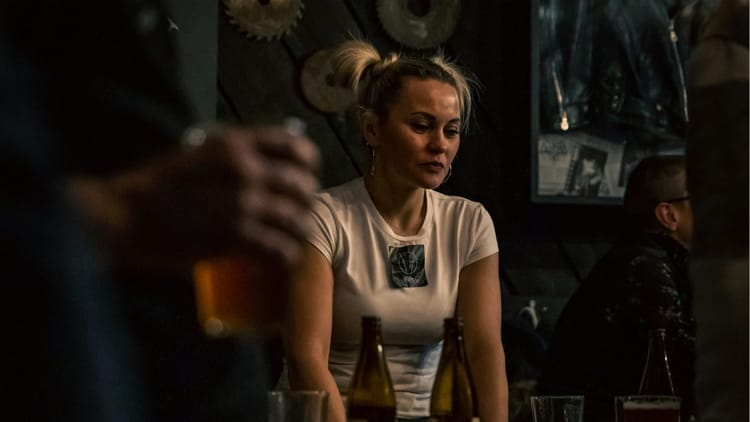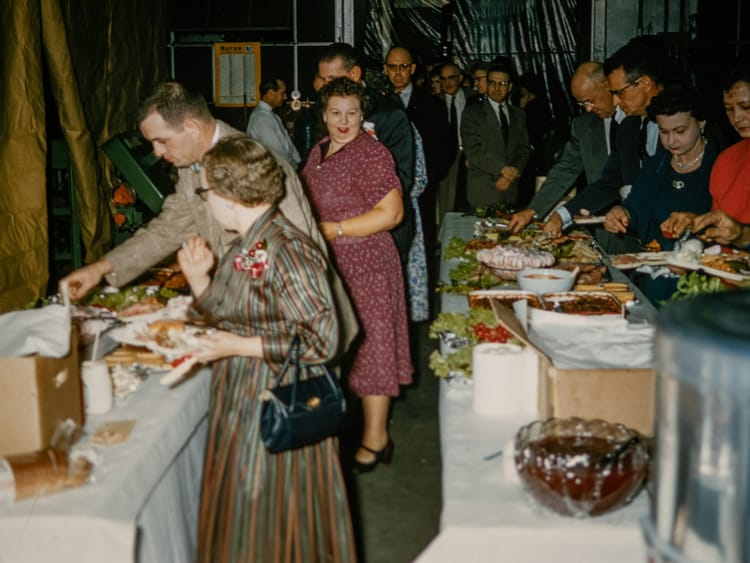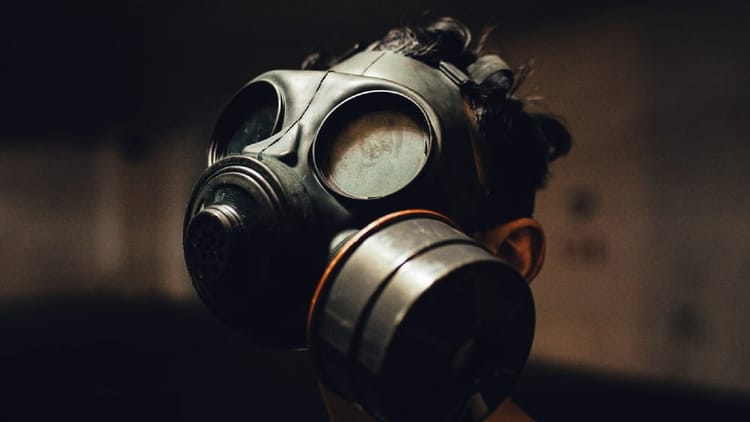Calculated risk

It’s back-to-school season in the United States, and school districts across the country are bringing students back into classrooms after a year of remote learning. But all of this is amid a resurgence of Covid-19 driven by its highly contagious Delta variant, and some communities have already been forced to change their plans on account of spiking infection rates. “More than 80 school districts or charter networks have closed or delayed in-person classes for at least one entire school in more than a dozen states,” the Associated Press reported last week. “Others have sent home whole grade levels or asked half their students to stay home on hybrid schedules.” Though many schools are hopeful that public-health measures such as masking, social distancing, improved ventilation, and testing for the virus will help them maintain in-person instruction safely, all these interventions have practical limitations. They’re also part of an ongoing culture war, with some states banning mask mandates for schools. Meanwhile, an approved vaccine for children under 12 isn’t expected for several months. What are the public-health risks of this school year, and how might it affect the trajectory of the pandemic in the U.S.?
David Rubin is a medical doctor, the director of PolicyLab at Children’s Hospital of Philadelphia, and a professor of pediatrics at the Perelman School of Medicine at the University of Pennsylvania. Rubin says that while resuming in-person schooling “increases the risk of continued community transmission” of the virus, “the risk of severe illness is still really low for children”—and schools can use “layered mitigation strategies” to “create an environment where there will be some outbreaks but they’ll be infrequent and not the major driver of community transmission.”
At the same time, Rubin sees only a “finite use” for mask requirements, arguing that the best school policies might require masking and other restrictive measures now—as there’s substantial transmutation of the virus—but maintain the flexibility to ease up. He’s also convinced of the importance of local decision making, knowing that the experience of schools in Philadelphia may be very different from that of those in the city’s suburbs. “We focus a lot on school policy, but the best way to protect kids is to have highly vaccinated communities,” Rubin says. “States with the highest vaccination rates also have the lowest rates of pediatric hospitalization in this wave of the pandemic. We have to be careful about looking at schools as a panacea for managing transmission among children, because their masks are off as soon as they hit the parking lot” …
Graham Vyse: How risky is the return to in-person schooling in the U.S., given the way Covid cases are rising across the country?
David Rubin: It’s not ideal that this is happening. We’re seeing a major resurgence of the virus. It’s created a lot of anxiety. That said, I’d still remind folks that we’re at a different point in this pandemic now that adults have been offered vaccination, which has—at least to this point—reduced the likelihood of severe disease among them.





